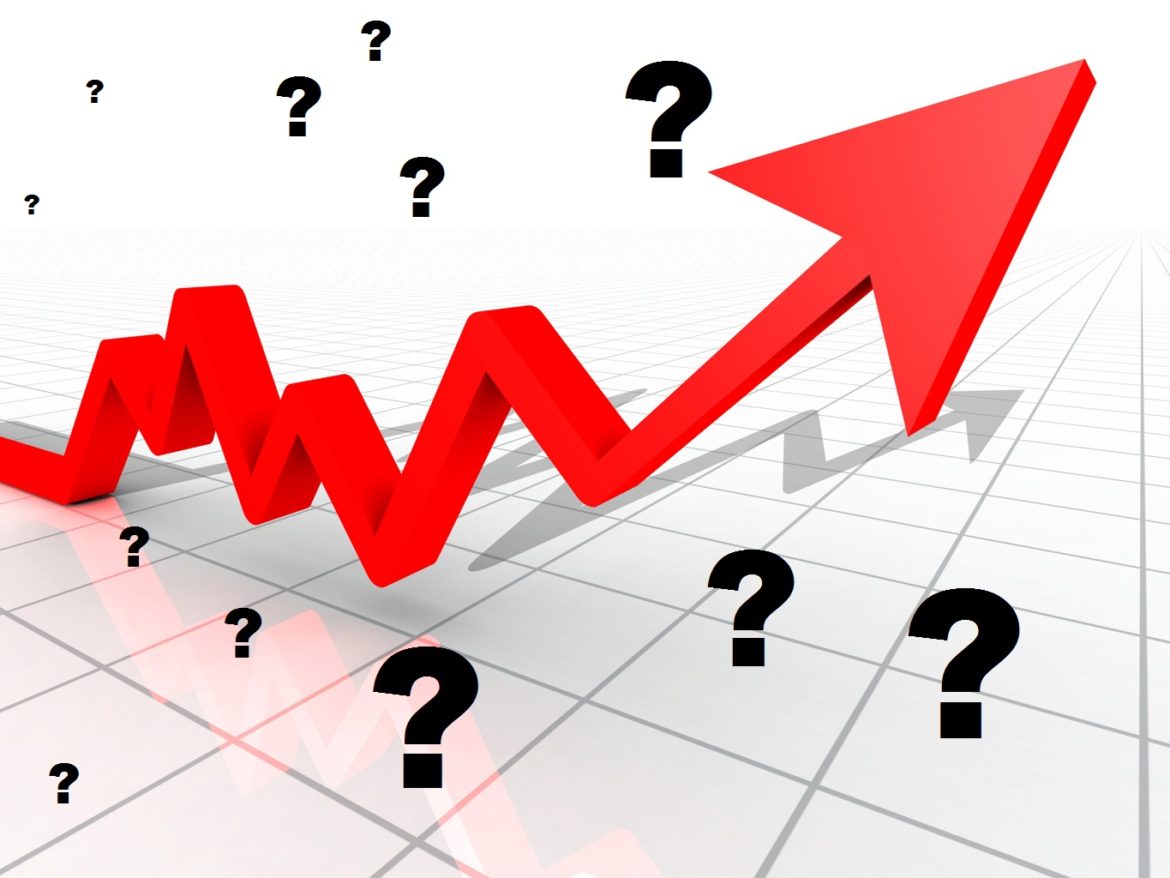The recent shift in market trends was rather fast paced, but the losses global investors have faced should not have been out of the blue. This is in sharp contrast to the stability and resilience the market displayed in 2017. By the beginning of February, there has been a significant decline above 2%. The decline increased by over 4% last week. The last week has been a rollercoaster ride for investors as the market saw sharp rises and falls in share prices.
How is the share market of 2018 different?
This might not seem like the end of the era of gains we saw in 2017, primarily due to the predominant calmness that reined the market as an overdue from last quarter. However, this might just mark the beginning of the bear market in the global investment scenario. Since there is no such practice as “average experience in stocks”, there is no way to predict if this year will conform to the daily losses of 2% for about five times per year! The S&P has seen a decline of 10% from its all-time high of January 26, 2018. The ASX fell by over 4% on three individual occasions in the last two months, marking the beginning of a rather volatile run.
The trait of the bull and the bear in the history of trade and investment
In the last 70 years (since 1949), there have been five bull market periods and five bear market periods. Just as the analysts confirm, the years between 2010 and 2017 saw the reign of the bull with lower than average volatility and higher than average returns. Both these markets have yielded their secular losses. All-bear and all-bull markets have not been devoid of their respective volatilities. However, ever since the rise of the dot-com craze, the bull market started gaining a lot of reverence due to the chances of high rates of returns with smaller investments. For example – Amazon shares started out at $34 per share in 2007. In 2018, the share prices are expected to climb to $1600, if not more. It depends on the individual investor to hold or sell the shares at the current market rate. The ones willing to brave the bear market may decide to hold the stocks to see the ride through and sell them at greater gains after the end of the oncoming era.
A word about the ANZ trades and shares
The raging bull market has not been as smooth as the first noted bull market of the 1950’s. In 2010, there was a 16% correction that led to a wide-ranging fear of a double-dip recession in the USA and the global market. This was in light of the 34 separate double-digit dips that the stock market saw since 1949. A lot of investors fell prey to this fear, and this closely preceded the European debt crisis of 2011. The stocks further fell by a whopping 20%. 2015 and 2016 saw corrections between the 12% and 14% range. The ANZ Bank is still entwined in the heat of the banking royal commission public hearing. The ANZ shares keep plummeting, although the Australian Dollar is gaining against the US Dollar.
A word of caution for all investors
Before jumping in, every investor must remember that volatility clusters in the market. Investors should never take their eyes off the index as double-digit losses are quite expected in this market situation. Mining, oil and energy shares continue to rise amidst the market turbulence. These are the least volatile and most stable chances for the investors worried about the increasing volatility of the share market prices. People tend to panic and make wrong decisions when money starts evaporating right in front of their eyes. However, the crests and troughs of the share market price graphs provide chances of significant gains as well as risks of significant losses for all the individual traders out there.
The end of all stories
More hedge fund managers and accountants are likely to be active trading during this part of the market due to the increase in short-term gains. We expect to see more short-term investors act upon the yo-yo trends. Since there is no specific definition of the bull and the bear, it is indeed difficult to ascertain the exact time the time of bull ends, and the reign of the bear starts. The basic idea is to make the best of the situation as it presents itself. As per the experts from CFRA and analysts working with the Australian Securities Exchange, there are no signs of an oncoming recession, but the share market and investment returns will continue an unpredictable run for the greater part of 2018.
Related Posts












